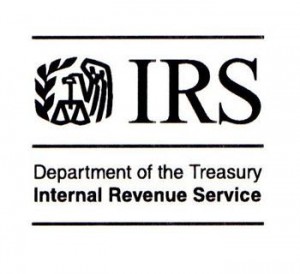The Internal Revenue Service has issued IRS Notice 2023-75, 2023–47 IRB 1256, setting out the limits on benefits and contributions for 2024. As expected, the limits rose, but not as steeply as last year. Maximum deferrals under a 401(k) or 403(b) plan rose from $22,500 to $23,000, while maximum benefits under a defined benefit plan rose from $265,000 to $275,000.
A chart showing details, and limits from 1996 to 2024, can be found at this link.

